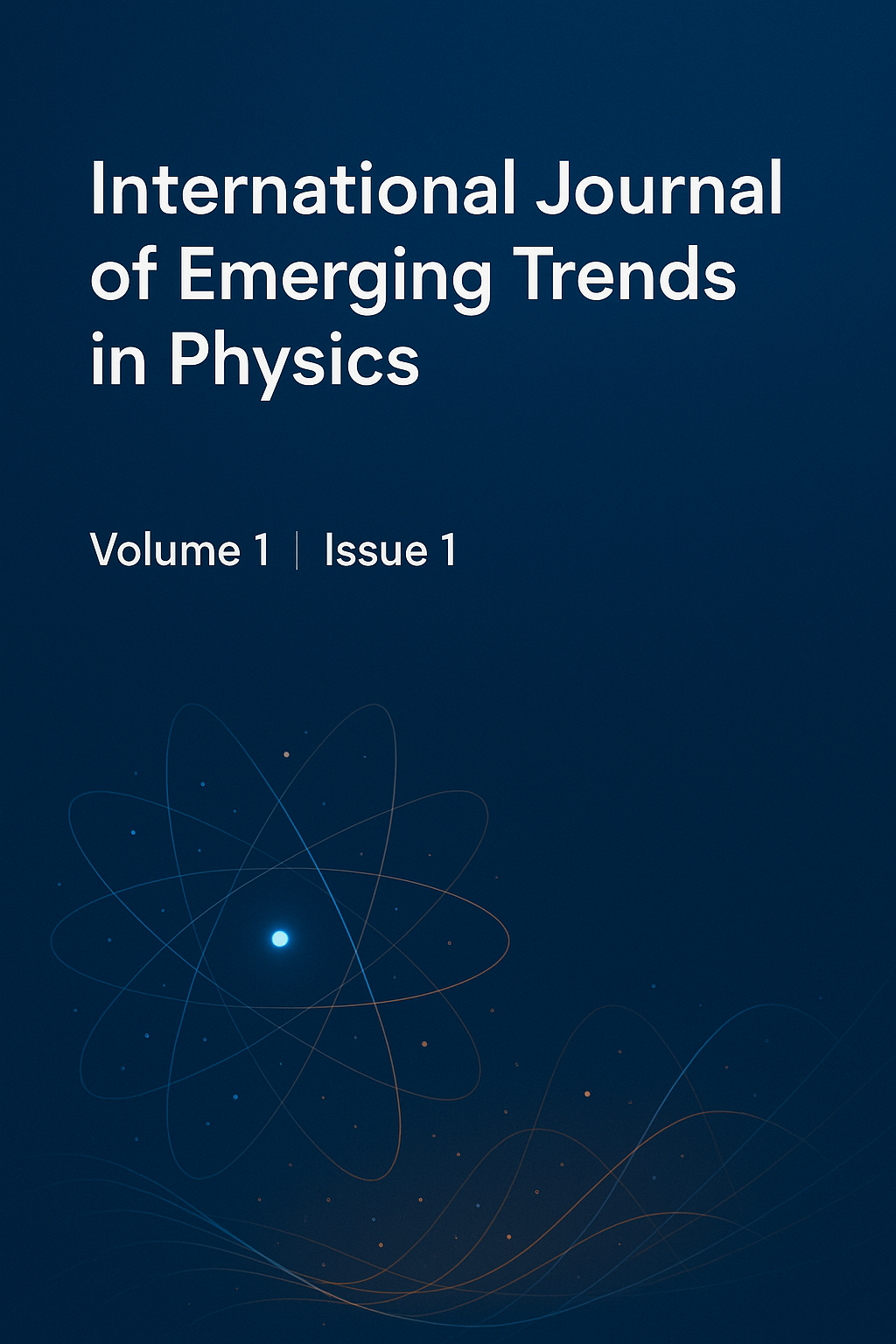Heat Transfer Optimization in Nano-Engineered Thermoelectric Materials
Keywords:
Thermoelectric materials, Nano-engineering, Heat transfer, Thermal conductivity, Phonon scattering, Nanostructures, Energy conversion, Interfacial engineering, Waste heat recoveryAbstract
Thermoelectric materials have garnered significant interest for their ability to directly convert thermal energy into electrical energy, offering a promising solution for sustainable energy conversion and waste heat recovery. However, the efficiency of thermoelectric materials, quantified by the dimensionless figure of merit (ZT), is highly sensitive to thermal conductivity, electrical conductivity, and the Seebeck coefficient. One of the primary challenges lies in optimizing heat transfer to enhance performance without compromising electrical properties. Recent advancements in nano-engineering techniques provide an unprecedented ability to manipulate phonon and electron transport pathways at the nanoscale, thereby allowing improved control over heat flow and thermoelectric performance. This paper presents an in-depth investigation into the mechanisms of heat transfer in nano-engineered thermoelectric materials, focusing on approaches such as nanostructuring, quantum confinement, and interfacial engineering. The study also evaluates experimental and computational methodologies for optimizing thermal conductivity while maintaining or enhancing electrical efficiency. Results demonstrate that specific nano-engineering strategies, including the use of nanoinclusions, superlattices, and grain boundary engineering, can significantly reduce lattice thermal conductivity, thereby increasing the ZT of thermoelectric materials. The findings of this research contribute to the growing body of knowledge aimed at developing high-performance thermoelectric materials for applications in power generation, electronics cooling, and space technology.

